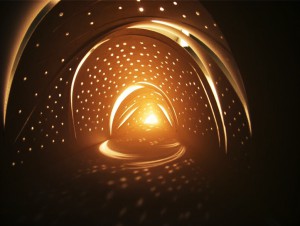
Light Intrusion, Lau Man Wai Vivian
“Architecture is the masterly, correct and magnificent play of masses brought together in light. Our eyes are made to see forms in light; light and shade reveal these forms; cubes, cones, spheres, cylinders or pyramids are the great primary forms which light reveals to advantage; the image of these is distinct and tangible within us without ambiguity. It is for this reason that these are beautiful forms, the most beautiful forms.”
– Le Corbusier
WHAT?
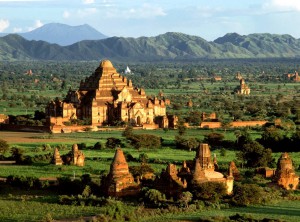 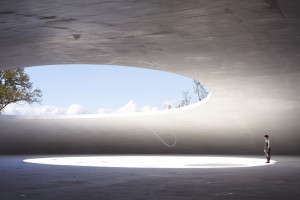
Potential Site – Cambodia Teshima Art Museum, Ryue Nishizawa
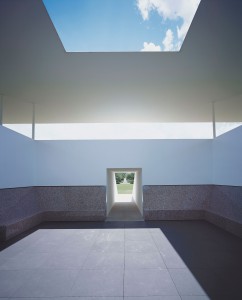 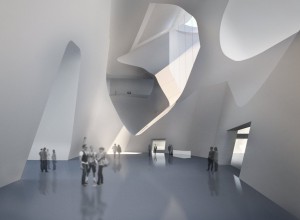
The Suzanne Deal Booth Centennial Pavilion, Tianjin Ecocity Ecology and Planning Museums,
James Turrell Steven Holl Architects
As natural light passes through a space highlighting different materials, our understanding of such space is transformed. The light changes the way that we perceive the quality of a material.
Natural light is always changing and moving in a state of becoming. These mysterious
phenomena not only illuminate architectural form but also give it emotional depth, while
keeping us tuned to the universe outside as well as the world hidden within us.
This thesis explores the use of natural light in the era of electricity, to show that natural light not only remains a potential source of order in architecture, but imposes a creative discipline on design. It starts with a series of in-depth studies of recent projects to explore current attitudes to natural light and particular elements they have addressed. By considering an approach to environmental context that sees light as a critical aspect of place, the site for the thesis has not been finalized but it would be with interests of its vivid religious and cultural experiences along with its sufficient supply of natural light.
The thesis would be designing a building form with experiments on various subtracting methods for light intrusion, to explore the visual perceptions and spatial experiences change inside along with different angle of projection and intensity of light. In addition to further explore the reaction of light with different materials, to see how light reveals the quality of materials. The scope of this thesis would aim to design build form by perception and atmosphere created by natural light intrinsically as well as to react with the site extrinsically.
WHY?
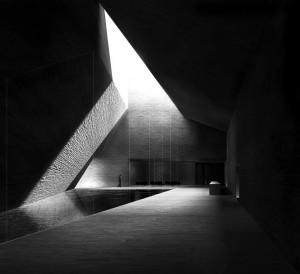 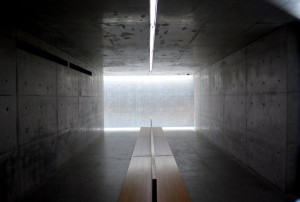
Neanderthal Museum, Barozzi Veiga Chichu Art Museum, James Turrell
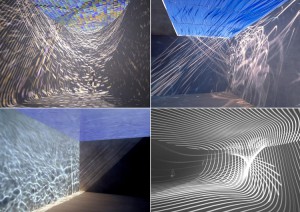
Timescape, Philippe Bompas
Arguably ‘lighting’ as an architectural topic is now largely determined by the terminology and assumptions of artificial lighting. It cannot be emphasized enough that artificial light is only apparently effortless, its instant push-button availability coming to represent what technological culture is expected to deliver more broadly: a milieu of ease and efficiency in which all the effort is hidden and vitality is either downgraded as an ambition, completely ironed out or planned ahead with meticulous precision. In this regard the art of bringing natural light into buildings is arguably a tautology derived from privileging quantifiable/ technological light.
Since the advent of Renaissance perspective, it has been possible to summarize all this in ‘shading’ – the fall of light across surfaces, or of shadow across the foreground of an image to create a ‘theatre’ – and for ‘shading’ to become as procedural as it is in the drawings of the École des Beaux-Arts once reserved for saints is now to be found in advertising imagery. The condition of latent or potential symbolism still characterizes out present ambiguities or confusion regarding the subject of meaning – and makes natural light – and its use in building – a challenging subject to frame.
Given this situation, it is worth for this thesis to explore in more detail how architects now understand and interpret natural light. Is the ease with which they can orchestrate electric light – anywhere they want, as much as they like – transforming how they think about natural light?
Given the significance of light to discussion of modernity, “Experiencing Architecture” by Steen Eiler Rasmussen was first published at the end of the 1950s when electricity was displacing natural light in the developed world. It states out those experiential issues that architects weigh up as they refine their ideas and sensitive to the modelling power of natural light – and the ways in which it can generate subtle spatial transformation.
Louis Kahn once explained, “All spaces need natural light. That is because the moods which are created by the time of day and seasons of the year are constantly helping you in evoking what a space can be if it has natural light and can’t be if it doesn’t. Artificial light is single tiny moment in light and can never equal the nuance of mod created by the time of day and the wonder of the seasons.” It remains the task of this thesis to elaborate the depth and complexity of that interpretations of ‘ordinary’ natural light have represented over the last century, in a world where the ‘static moment’ of artificial light too easily keeps the shadows at bay.
HOW?
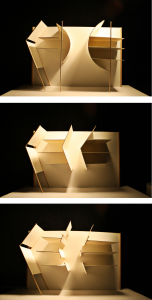
Lighting Testing Models, Lau Man Wai Vivian
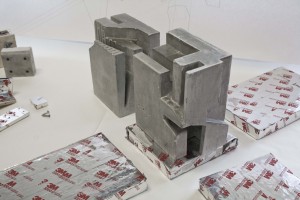
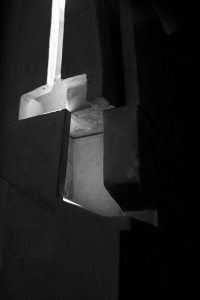 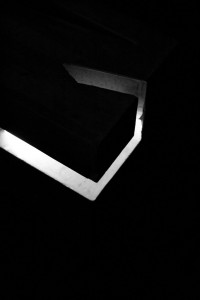
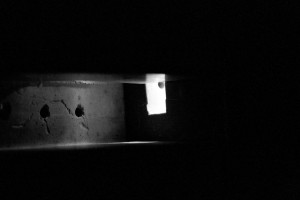
Concrete Testing Model
Initially, this thesis would begin with a series of in-depth studies of recent projects to explore current attitudes to natural light and particular elements they have addressed. Next, explore into various subtraction methods for building mass. Eventually, research site and into site specific elements, to explore visual perceptions and spatial experiences that created by different quality of natural light. It will further develop into the depth of materiality.
STEP 01 – Begin with case studies on precedent projects working with natural light, as well
as exploration on light qualities (angles of projection, intensity etc.)
STEP 02 – Massing to test out various subtracting methods for light intrusion to explore
spatial experiences (atmospheric changes) and visual perceptions.
STEP 03 – Research into site, extrinsic design would take place into form and spatial and
visual qualities to be site-specific.
STEP 04 – Intrinsic design would start based on the results of the extrinsic design, while to
further develop into material qualities and program, structural and circulatory
design. It would be refined with the integration of extrinsic and intrinsic with
the site qualities.
Bibliography
THEORY:
1. Jan Butterfield, 1993, The Art of Light + Space, Abbeville Press
2. Le Corbusier, 1931, Towards a New Architecture, Courier Corporation
3. Jonathan Hill, 1998, Occupying Architecture: Between the Architect and the User, Routledge
4. William M. C. Lam, 1992, Perception and Lighting as formgivers for Architecture, Van Nostrand Reinhold
5. Mark Major, 2005, The Art of Light and Architecture, Birkhäuser
5. Henry Plummer, 2009, The Architecture of Natural Light, Monacelli Press
6. Mary Ann Steane, 2011, The Architecture of Light: Recent Approaches to Designing with Natural Light, Abingdon
7. Claudio Vásquez, 2010, Light in the Work of Le Corbusier, Pontificia Universidad Católica de Chile
8. Peter Zumthor, 1998, Thinking Architecture, Birkhäuser Basel
TECHNIQUES:
1. Keller Easterling, 2014, Subtraction, Sternberg Press
2. Steven Holl Architects, Simmons Hall
SEMINAL/CURRENT RELATED PROJECTS:
1. Tadao Ando, Church of Light
2. Steven Holl Architects, Tianjin Ecocity Ecology and Planning Museums
|